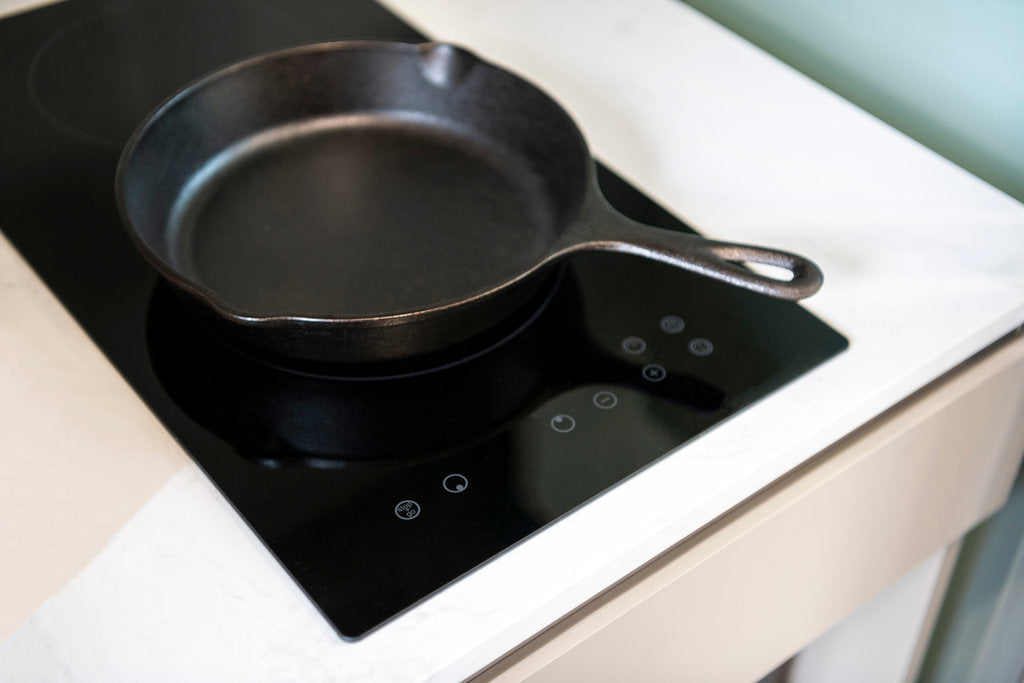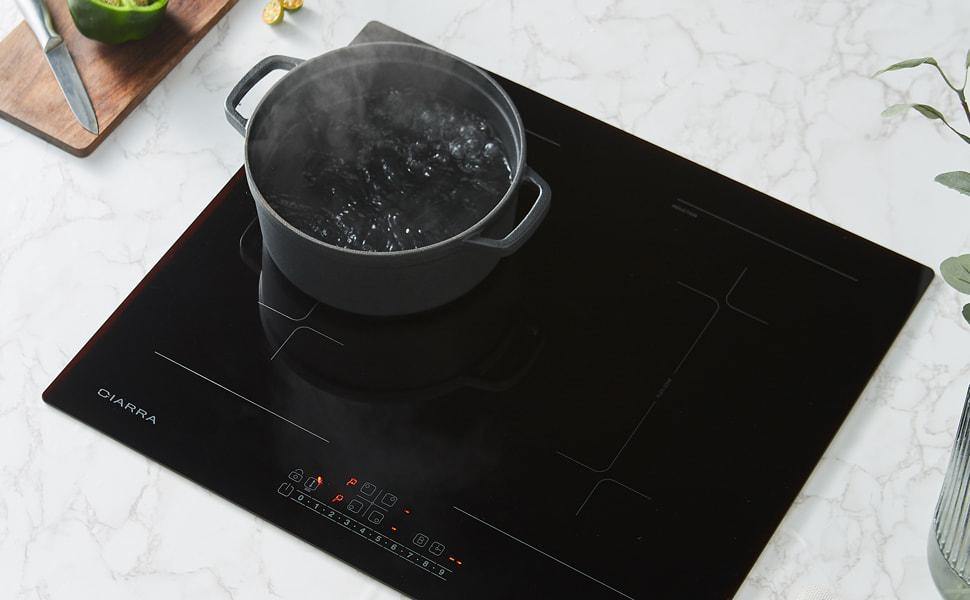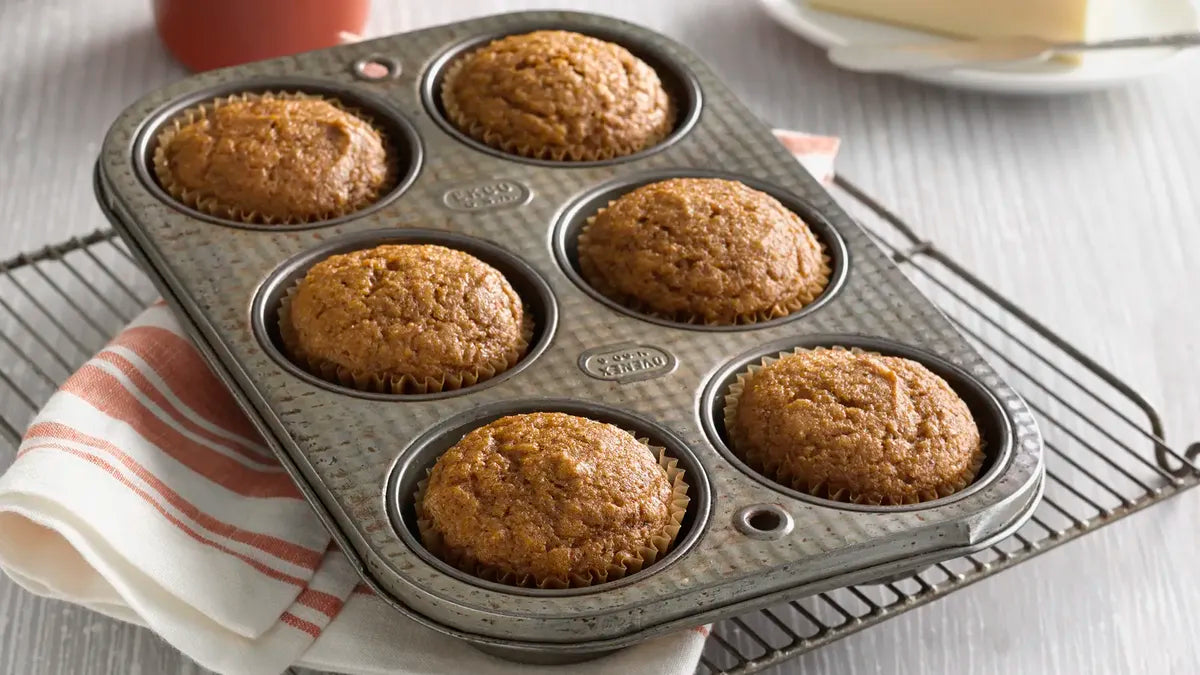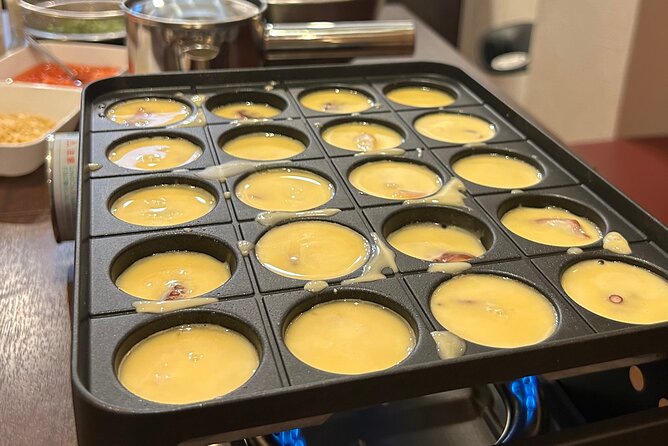For culinary enthusiasts, mastering the art of maintaining seasoning on induction cooktops is vital. It's not just about keeping non-stick surfaces; it's also about enhancing flavors and prolonging the life of your cookware. With induction cooktops gaining popularity for their efficiency and precise temperature control, knowing how to manage seasoned cookware on these appliances becomes increasingly important. In this article, well explore the intricacies of maintaining seasoning on induction cooktops, helping to keep your kitchen in prime condition.

Getting to Know Induction Cooking
Before we jump into seasoning maintenance, it's essential to grasp how an induction cooktop functions. Instead of the conventional gas or electric stoves, induction cooktops utilize electromagnetic fields to directly heat your cookware. This results in a cooler surface on the cooktop while directing heat precisely where needed. This enhanced control makes induction cooking a beloved choice among chefs. However, it also means that the selection and state of your cookware can greatly affect cooking outcomes.
The Chemistry of Seasoning
Seasoning is the layer of polymerized oil that creates a natural, non-stick surface on your cookware. This protective layer forms by applying heat to oil until it reaches its smoke point, causing it to bond with the metal surface. This process not only aids in preventing food from sticking but also guards the cookware against rust and enriches the flavor of your meals. For those using induction cooktops, it's essential to keep this layer functional and intact.
Tips for Maintaining Seasoning on Induction Cooktops
Select Suitable Cookware
Not all cookware is compatible with induction cooktops. The best choices include cast iron, carbon steel, and some types of stainless steel pots and pans. These materials possess ferrous properties, ensuring efficient operation on induction surfaces. To learn more about which cookware is suitable, check out seasoning flaking issues.
Routine Cleaning and Care
After each cooking session, wash your cookware with warm water and a soft sponge. Steer clear of harsh chemicals or abrasive pads that can damage the seasoning layer. If you encounter stubborn food residues, using kosher salt as a gentle abrasive can be effective. Make sure to thoroughly dry your cookware after washing to avoid rust.
Effective Re-seasoning Methods
From time to time, you need to re-season your cookware to uphold its non-stick characteristics. For re-seasoning, apply a thin layer of high smoke point oil, such as flaxseed or grapeseed oil, to the surface. Heat the cookware on your induction cooktop until it starts to smoke, then let it cool down. You may need to repeat this process several times to establish a robust seasoning layer. For more tips on the process, refer to vintage cast iron findings.
Avoidable Errors
Even experienced cooks can stumble when caring for their seasoned cookware. A frequent mistake is overheating the cookware; induction cooktops can heat up rapidly, so it's crucial to watch the temperature to prevent damaging the seasoning. Additionally, refrain from using metal utensils that may scratch the surface and ruin the seasoning integrity.
Conclusion
Maintaining seasoning on induction cooktops is a valuable skill for any culinary professional. By selecting the right cookware, performing regular maintenance, and steering clear of common mistakes, you can keep your seasoned cookware in excellent condition, improving both your cooking experience and the quality of your dishes. For more insights on induction cooking, check out expert opinions.

FAQ
Can I use olive oil for seasoning on induction cooktops?
While olive oil is an option, its not the best due to its lower smoke point. Oils with higher smoke points, like flaxseed or grapeseed oil, are better for forming a durable seasoning layer.
How often should I re-season my cookware?
The need for re-seasoning depends on your cooking frequency. If used often, re-seasoning every month is recommended to preserve optimal non-stick properties.
What can I do if my seasoning is damaged?
If your seasoning is compromised, you can remove the layer completely using a baking soda and vinegar solution. Once stripped down, follow the re-seasoning procedure to restore the protection.






Leave a comment
This site is protected by hCaptcha and the hCaptcha Privacy Policy and Terms of Service apply.